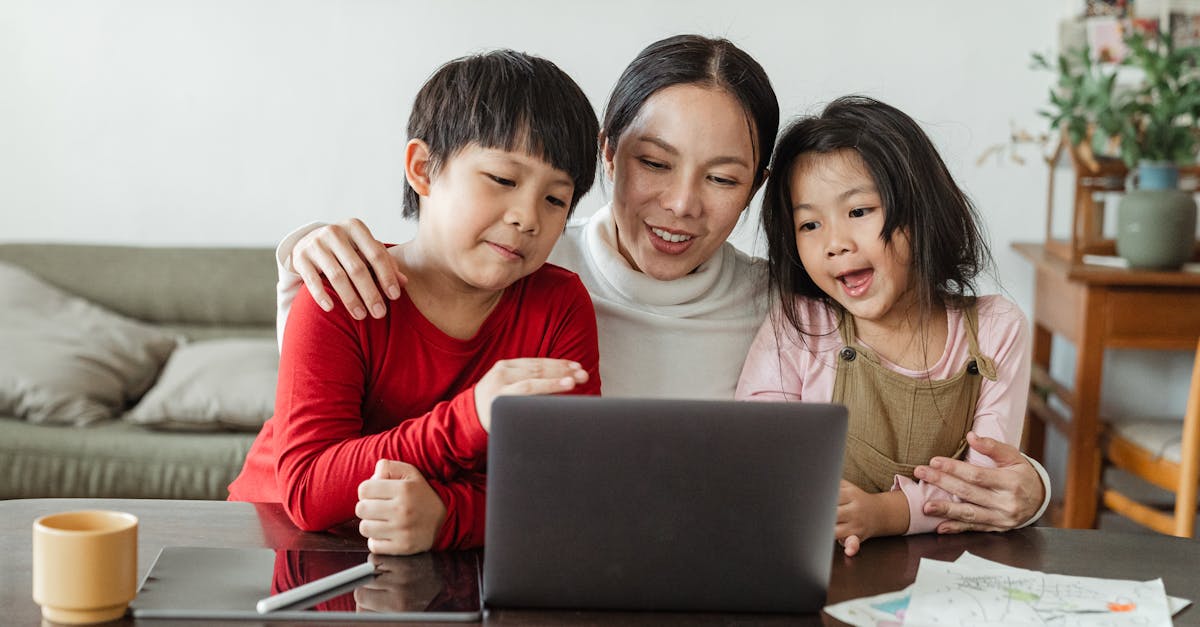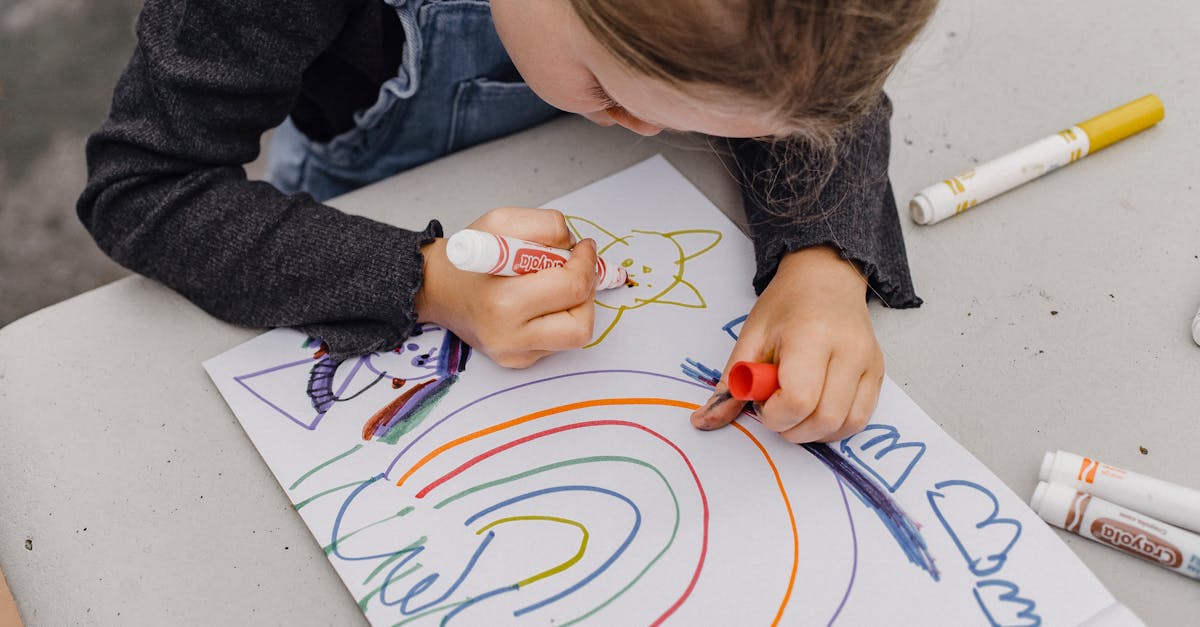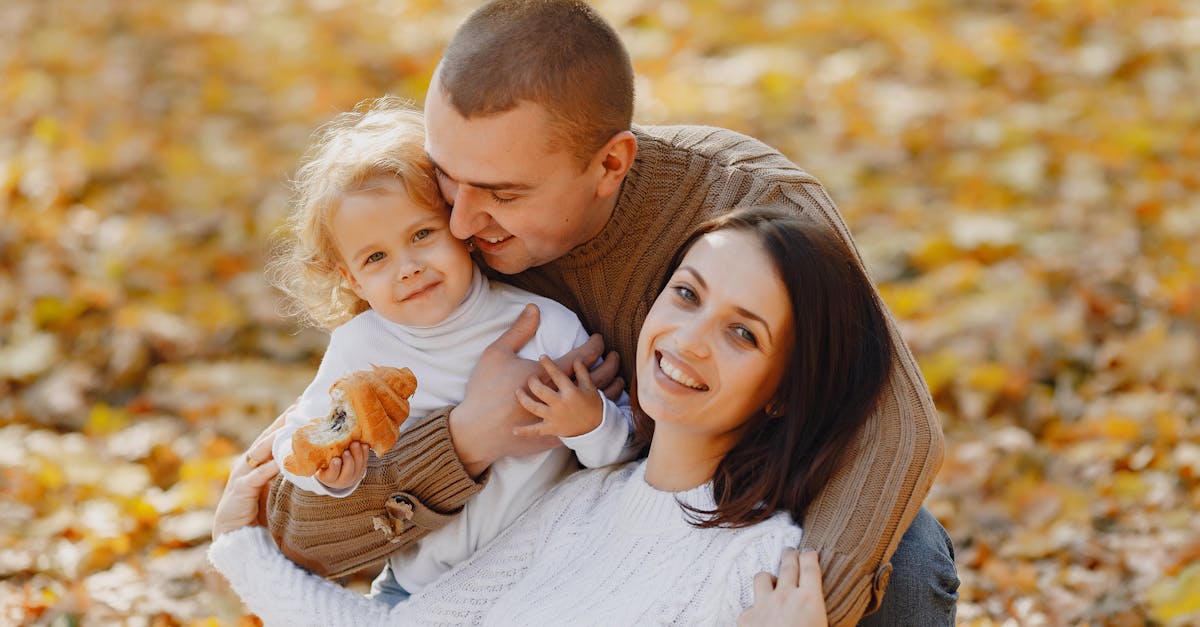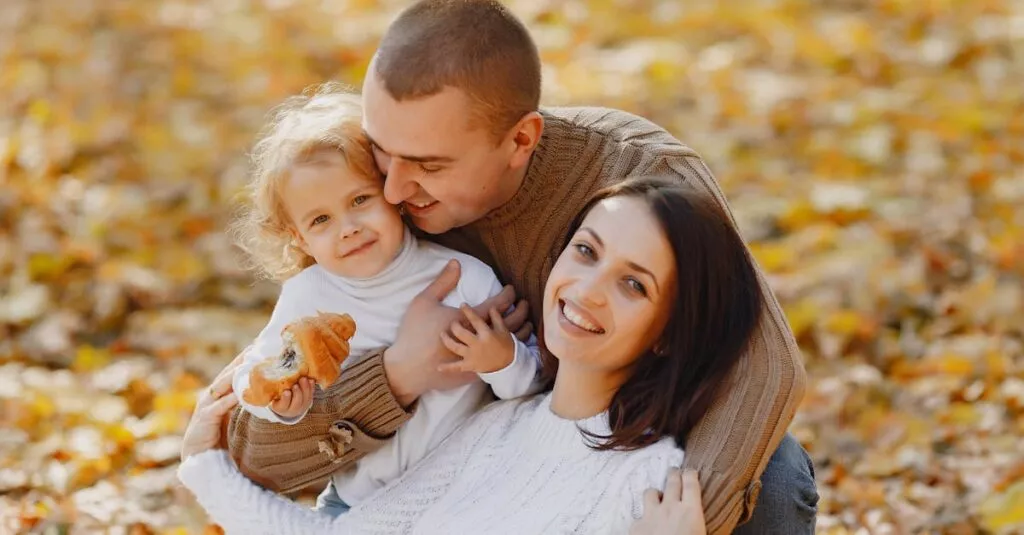Understanding Emotional Learning and ChatGPT
Kids and emotions can be a roller coaster! Before diving deep, it’s key to know what emotional learning is and how ChatGPT fits in. Emotional learning is all about understanding and managing emotions effectively. ChatGPT, an AI language model, can be a fun and helpful tool. It can simulate conversations, help your child identify and talk about their feelings, and even offer solutions to common emotional challenges. Integrating emotional learning in your child’s routine with ChatGPT can create a supportive environment for them to thrive emotionally.

Emotional learning is a vital aspect of a child’s development, and leveraging technology like ChatGPT can make it an enjoyable and educational experience for them.
Getting Started: Setting Up ChatGPT for Emotional Learning
Ready to get started? First, ensure you have a safe and child-friendly version of ChatGPT. Sit with your child and explain how ChatGPT can be their new ‘feelings friend.’ Start with simple topics, like discussing a happy or a sad moment from their day. This will ease them into the practice. Encourage open-ended questions to make ChatGPT’s responses more insightful. Always monitor the interactions to ensure they’re appropriate and guide your child if they get stuck.

Transform your child’s emotional learning journey by using ChatGPT as a tool to understand and express their feelings. With guidance and supervision, this AI can be a valuable companion in helping your child navigate their emotions.
Practicing Emotional Recognition with ChatGPT
Emotional recognition is identifying and labeling emotions accurately. With ChatGPT, make it a game! Ask your child to describe their feelings after a particular event, then prompt ChatGPT for an interpretation. For example, share a joyful event and ask, ‘How did it make you feel?’ ChatGPT can provide supportive comments and suggestions, enhancing their emotional vocabulary. This back-and-forth helps kids become aware of their emotional states, fostering healthier emotional habits.

Summary: Using ChatGPT for emotional recognition can be a fun and educational way to help children understand and express their feelings better.
Developing Empathy through Conversational Practice
Empathy, the ability to understand and share another’s feelings, is crucial in emotional learning. Encourage your child to ask ChatGPT empathy-driven questions like, ‘What would you do if a friend is sad?’ This teaches them to consider others’ feelings and respond appropriately. Use ChatGPT to role-play different scenarios, helping them practice comforting and validating others. Over time, these lessons sink in, making them more empathetic in real-life interactions with peers.

Handling Emotional Challenges Together
Emotions can sometimes be chaotic, and that’s okay! When your child is upset, ChatGPT can be a calm sounding board. If your child had a bad day at school, let them ‘vent’ to ChatGPT. It can offer advice or simply be a digital listener. This helps kids find their own solutions and feel heard. Always follow up these sessions with a chat between you and your child, reinforcing the support and love they can count on from you.

Encouraging Parent-Child Interaction and Reflection
Using ChatGPT shouldn’t replace your role but enhance it. Have regular reflection times where you discuss the conversations with ChatGPT. Ask questions like, ‘What did ChatGPT say that helped you?‘ This encourages your child to think deeply about their emotions and relationships. It’s also an opportunity for you to offer additional advice and build a stronger, more open relationship. Remember, the goal is to use ChatGPT as a tool to foster meaningful discussions and emotional growth.

